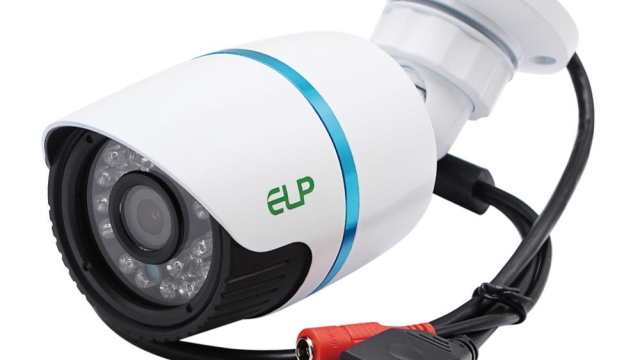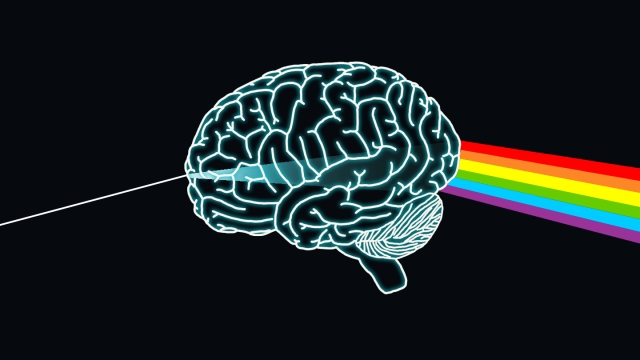
In today’s fast-paced world, the need for security and safety has never been more paramount. As we go about our daily lives, whether at home, work, or in public spaces, the presence of security cameras has become increasingly common, offering a layer of protection that many have come to rely on. These devices, often seen as the watchful eyes in our surroundings, play a crucial role in deterring crime and enhancing our sense of security.
The integration of security cameras into modern living has transformed how we approach safety. No longer confined to a luxury or a commercial necessity, these cameras have found their way into residential neighborhoods and urban areas, making them an essential component of contemporary life. With advancements in technology, such as high-definition video, remote monitoring, and smart features, security cameras are more effective than ever, providing peace of mind to individuals and families alike. As we delve deeper into the impact of security cameras on our daily lives, it becomes clear that their influence extends far beyond mere surveillance; they have reshaped our understanding of safety in an increasingly uncertain world.
The Rise of Security Cameras
In recent years, the landscape of safety and surveillance has been dramatically reshaped by the increasing prevalence of security cameras. Initially seen primarily in public spaces, these devices have now infiltrated residential areas, businesses, and even personal properties. The push for enhanced safety measures, combined with advancements in technology, has contributed to the widespread adoption of security cameras in various settings.
The affordability of security cameras has played a significant role in their rise. With the advent of high-quality yet cost-effective options, homeowners and small business owners can easily equip their properties with cameras. This trend has created a culture of proactivity where individuals are more empowered to monitor their surroundings and deter potential criminal activities. The growing accessibility of camera technology has made it a standard tool for enhancing security measures.
Moreover, the integration of smart technology into security cameras has transformed them into multifunctional devices. Many modern cameras now come with features like motion detection, night vision, and remote access via smartphones. This evolution has not only improved the effectiveness of surveillance but has also provided users with greater control and peace of mind. As security cameras become increasingly sophisticated, their role in preventing crime and ensuring safety continues to expand.
Impact on Crime Prevention
The presence of security cameras has a significant impact on crime prevention, acting as a powerful deterrent to potential offenders. When individuals see cameras monitoring an area, they are less likely to engage in criminal activities due to the increased risk of being caught. This psychological effect can lead to a noticeable decrease in incidents such as theft, vandalism, and violence, contributing to a safer environment for residents and businesses alike.
Moreover, security cameras provide valuable evidence in the aftermath of a crime. High-quality footage can assist law enforcement in identifying suspects and gathering crucial details about criminal activities. This evidence is often pivotal in prosecuting offenders and can improve the chances of recovery for victims. As a result, communities become more resilient against crime, knowing that there is reliable surveillance in place to capture any illicit actions.
Security Camera Installation
In addition to deterring crime, security cameras foster a sense of community safety. Residents feel more secure when they know that their surroundings are being monitored, which can enhance neighborhood cohesion and encourage positive interactions among community members. This collective sense of security can motivate more people to engage in outdoor activities and support local initiatives, ultimately leading to vibrant and safer neighborhoods for everyone.
Privacy vs. Security Concerns
The introduction of security cameras into everyday life has sparked a significant debate around privacy and security. On one hand, the presence of security cameras can act as a deterrent to crime and enhance public safety. This is particularly relevant in urban areas where the rate of theft and vandalism can be high. Citizens often feel more secure knowing that their surroundings are being monitored, which can lead to an increased sense of community safety and trust.
Conversely, the widespread deployment of security cameras raises valid concerns about the potential for invasive surveillance. Many individuals worry that constant monitoring may lead to a loss of personal privacy, as their daily activities are recorded without their consent. This has led to discussions about the balance between maintaining public safety through surveillance and respecting individual rights. The challenge lies in ensuring that security measures do not infringe upon the privacy of law-abiding citizens.
To address these concerns, it is crucial for communities and policymakers to establish clear guidelines and regulations regarding the use of security cameras. Transparency is key, allowing residents to understand where cameras are placed and how footage will be used. Striking the right balance between security and privacy can foster trust among the public while enhancing safety, ensuring that the benefits of security cameras do not come at the expense of individual freedoms.


